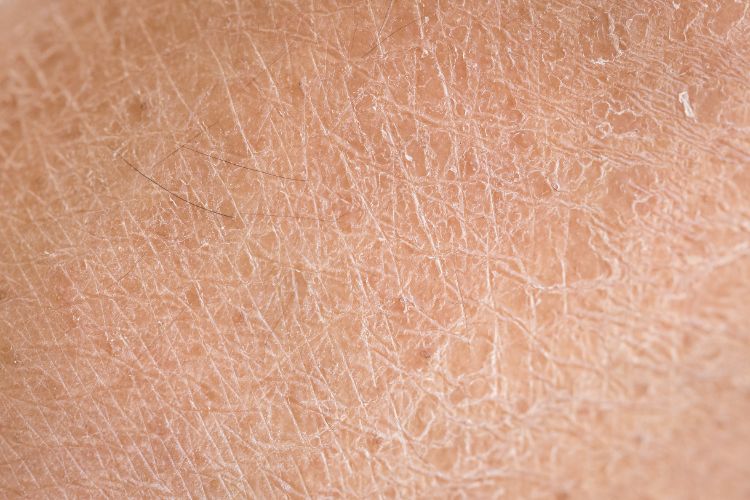Mold illness can be very scary. According to Surviving Mold, mold is composed of biotoxins the body cannot process. When these biotoxins enter the body, they can wreak havoc on the body, causing a range of symptoms. While symptoms may manifest differently in different people, it is wise to look out for the top 10 symptoms of mold illness, as outlined by Mayo Clinic. Keep reading to understand why this is important.
Mold illness is often misdiagnosed because many of the below symptoms are similar to those of other allergies. While the Asthma and Allergy Foundation of America explains some molds can, in fact, cause allergic reactions, Mayo Clinic urges people not to assume their sneezing and wheezing is mundane. It is important to talk with your doctor, especially if symptoms persist. This is because complications from mold illness can lead to asthma, sinusitis and inflammation of the lungs, among other issues.
Advertisement
First, we go over the 10 symptoms of mold illness, and afterward we cover what you can do about it.
1. Sneezing

Shutterstock
Mold can cause cold and allergy-like symptoms such as sneezing. This is because mold spores can irritate the nose and throat, causing you to sneeze.
2. Runny or stuffy nose

Shutterstock
Both a runny and stuffy nose is another symptom. This is primarily due to the immune system creating mucus to defend against mold spores and stop them from coming into the body.
3. Coughing

Shutterstock
When you inhale mold spores, they irritate the lining of the throat. This causes coughing. Exposure to mold can also lead to such complications as pneumonia and bronchitis, which result in further coughing.
4. Itchy eyes, nose, and throat
4. Itchy eyes, nose, and throat

Shutterstock
Just like other allergens, such as pollen, mold triggers the body to release histamine. Histamine causes a wide range of reactions. Some of the most common are itchy eyes, nose and throat.
5. Watery eyes

Shutterstock
Histamines also causes the eyes to water. This is because histamines are chemicals in the immune system that work to flush the body of allergens and other toxins. In some cases, histamines trigger watering of the eyes to push allergens out of the body.
6. Dry, scaly skin

Shutterstock
The allergic reaction to mold can lead to inflammation and irritation of the skin. This is because the body's immune system is overreacting to the allergen. This is why exposure to mold can also cause hives.
7. Wheezing

Shutterstock
Wheezing is among the most common symptoms of mold exposure. This is because when you inhale microscopic mold spores, they irritate and inflame the lining of the throat, bronchial tubes and lungs. This restricts airflow and causes wheezing.
8. Shortness of breath

Shutterstock
A symptom related to wheezing is shortness of breath. With wheezing comes difficulty breathing. If you suffer from asthma, you should be wary that exposure to mold can cause not only shortness of breath but also a full-blown asthma attack.
9. Chest tightness

Shutterstock
People who have suffered from exposure to mold often report feeling pain in their chest. Sometimes the pain is described as tightness -- other times as pressure. It can feel severe or merely uncomfortable.
10. Postnasal drip

Shutterstock
This is yet another histamine reaction intended to remove toxins from the body. When your nose runs without end, the immune system creates mucus to defend against mold spores and stop them from coming into the body.
What you can do to reduce your risk
Reduce your risk of mold exposure by using a dehumidifier and opening windows in bathrooms to reduce humidity and increase air flow, promptly removing clothing from laundry machines, checking windows for condensation, and immediately repairing any and all leaks. The Asthma and Allergy Foundation of America says these precautions can reduce exposure to mold spores and reduce risk of mold illness.
Advertisement
Do your friends and family know the signs and symptoms of mold illness? Save a life when you SHARE this article on social media!

